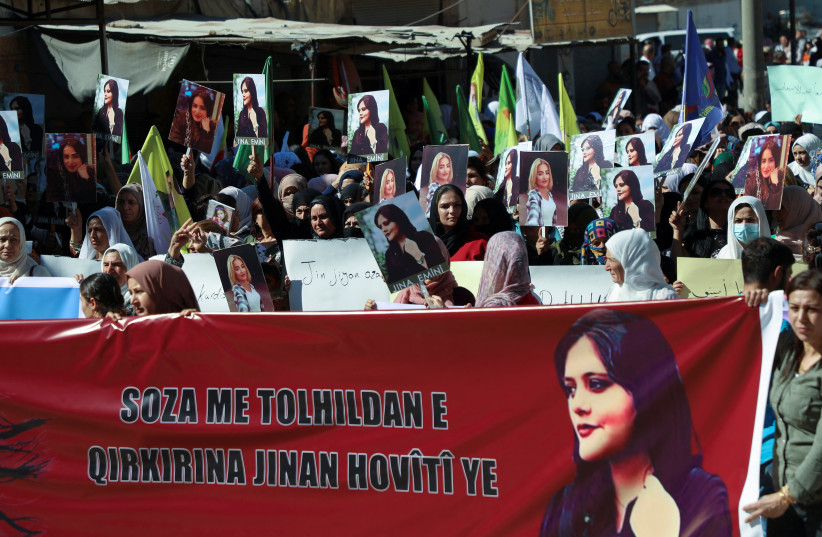The United Nations Human Rights Council is holding a special session on the Islamic Republic of Iran on November 24. In an official statement, the UNHRC said that they would be focusing on "the deteriorating human rights situation in the Islamic Republic of Iran."
Late last week, Reuters reported that Germany and Iceland had submitted a request to UNHRC to hold a session on the ongoing protests in Iran.
According to the UNHRC, in order for a special session to be held, the motion to do so must be supported by 16 out of 47 members (one-third) of the council. The request has been supported by 17 members of the Council so far, as well as 27 observer States.
When did the protests start? And why?
The anti-government protests in Iran began in September after a young Iranian woman, Mahsa Amini, was brutally murdered by the country's morality police. She died three days after she was arrested in the hospital after falling into a coma.

Protests initially started in the Kurdish region of Iran but quickly spread to Tehran and then across the country.
Iran's security forces and police have attempted over the past few months to "control" the protests but to no avail. Recent videos have gone viral on the internet showing what the protests look like.
Some protesters across Iran have taken pictures of the Supreme Leader Ayatollah Khamenei and would set them on fire. Others would chant for the death of Iranian authorities, ransack, or firebomb government offices. Burning Iranian flags and attacking statues in the country have also been done in protest against the regime.
Has anyone else been killed by the regime?
Toward the end of October, over 250 people have been killed by the regime. Surgeon Parisa Bahmani, was killed after being shot in the head while she attended a protest along with other doctors in front of the Tehran Medical Council.
According to a statement by Iran's Medical Council, "Bahmani died in a car crash and the news regarding her killing by security agents is not true."
The doctors were protesting the regime's policies of "preventing medical care for the wounded protesters, using ambulances to transport security forces and militarizing the hospitals."
Iranian-American physician Nicole Saphier wrote for the Fox News Digital opinion page saying, "Iranians are finding that giving and receiving medical care for protest-related injuries can be dangerous for both parties. Protesters worry about health care workers reporting them to the authorities, meanwhile doctors and others risk their own safety and freedom for treating them."
Iranian authorities have also denied reports of security forces killing 16-year-old Sarina Esmaeilzadeh during protests. Iranian reports say that she committed suicide by falling off a roof.
Iranian reports also claim that another girl, 17-year-old Nika Shakarami, died after falling off a roof, although activists say otherwise, claiming that Shakarami was killed in Tehran while protesting against the wrongful death of Amini.
